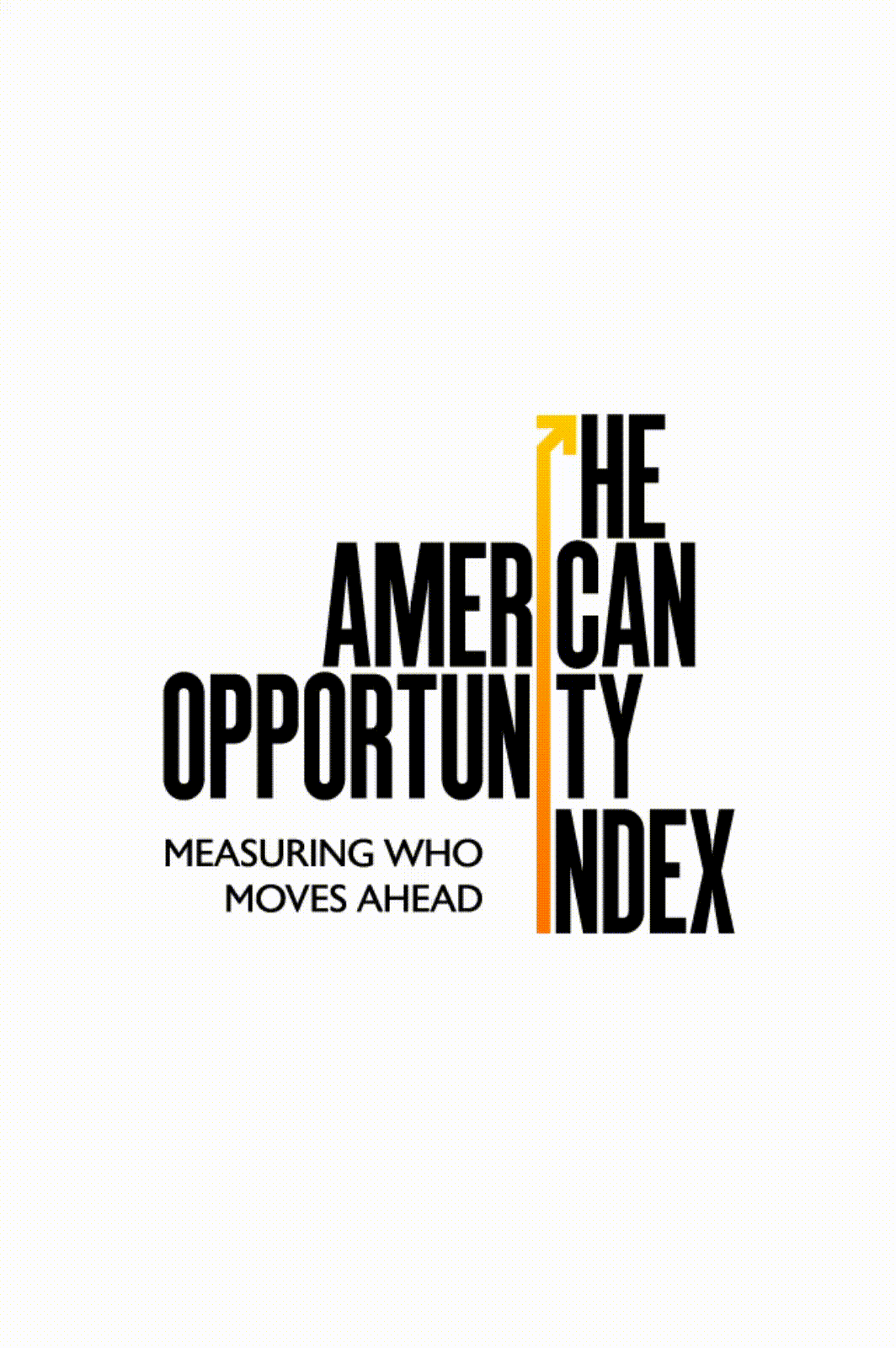The data is based on the real-life career experiences of almost 5 million employees and is the most comprehensive economic mobility index in the US. It uses a range of labour-market data sources to assess the progress of a company’s employees over five years, from 2018 through 2022.
Launched jointly today (30th Nov) by US future-of-work specialists the Schultz Family Foundation, the Burning Glass Institute and the Managing the Future of Work Project at Harvard Business School, and developed by UK-based visual data storytellers infogr8, the 2023 American Opportunity Index is an interactive data portal. It unlocks and benchmarks layers of US workforce mobility and equity data, making the career pathway patterns of almost 5 million employees more accessible to employers and workers than ever before. The 2023 index contains significant new metrics since its first award-winning* iteration in 2022 - particularly around parity - and scores significantly more companies.
Within this big data analysis of career histories, job postings, and salary sources, a visual corporate scorecard reveals that among the Top 10 employers of choice (from 396 firms assessed) are Coca Cola (1st), Meta Platforms Inc and Costco Wholesale.
Dynamic data visualisations reveal new insights into worker mobility, equity, pay, promotions and career trajectories. The portal is the only measure of employer quality to evaluate what really happens to workers at America’s largest employers over time and how well they manage their people. Unlike other studies, it does not rely on company reporting.
“The interactivity level of the Index significantly moves the bar in allowing employers and workers to drill down into how well corporate America is serving its employees and where the opportunities for progression really lie”, said Jake Madsen, head of EdTech at infogr8. “The data stories we’ve created in the portal are insightful for employers and employees, who can explore by company, sector and 12 different employment metrics. We’re excited to have collaborated with these three US workforce data powerhouses to create an expanded Index that helps jobseekers and employees explore and understand tools they need for promotion or better mobility.”
Featuring significant enhancements and more companies, the 2023 Index has several new measures: Internal promotion, wage growth, and parity in promotion rates for women and for Black and Hispanic employees. It uses public data to assess company behaviour across five categories—hiring, pay, promotion, parity, and culture—and identifies the 100 best firms in each as well as the 100 best firms overall to work for.
Index Highlights
- Drawn from career histories and compensation experiences of 4.72 million U.S. workers at 396 Fortune 500 companies, the Index focuses on those in jobs open to people without degrees.
- Companies in similar sectors, some of them firms with similar business models and workforce composition, can have very different employee outcomes.
- Large firms that outperform their peers in retaining employees are saving as much as $400m a year on turnover costs. They offer ample opportunity for promotion and competitive wages.
- Employees at top-performing companies are 2.5 times more likely to receive promotions and are paid, on average, 68 % more for the same jobs.
- People who work at top-performing firms experience very different career trajectories from those who work for companies in the lowest quartile of each category.
- Often, these differences are seen among head-to-head competitors. For similar roles, Delta Air Lines pays on average 27% more than JetBlue, while American Airlines is 58% more likely on average to hire workers without a bachelor’s degree than Delta. Leaders at Coca-Cola are almost four times more likely to have come from within than leaders at PepsiCo.






